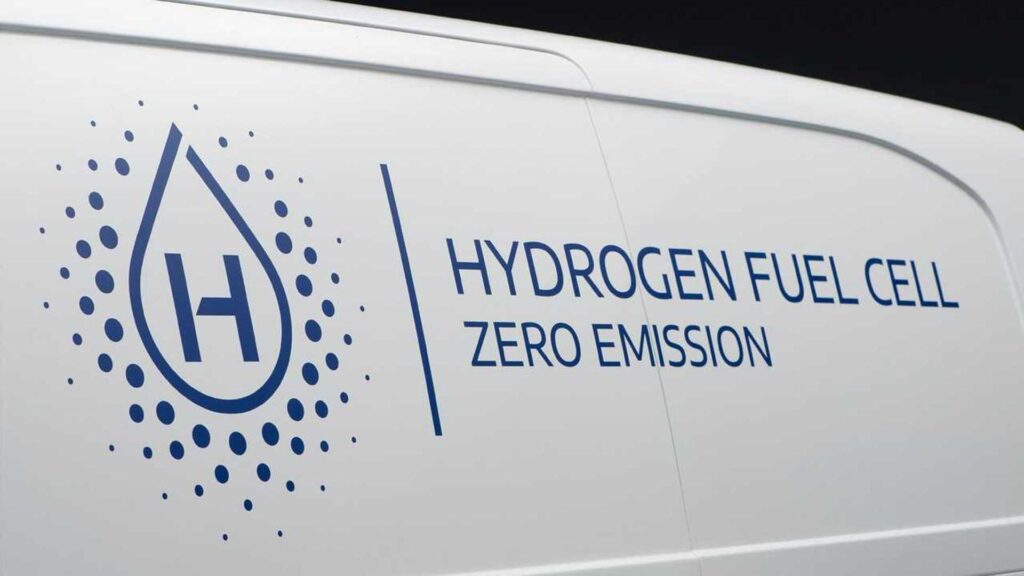Electric vehicles have been hailed as a cleaner alternative to traditional gas-powered vehicles, with numerous studies confirming their lower CO2 emissions over their lifetimes. However, when it comes to hydrogen fuel-cell electric vehicles (FCEVs), the story is a bit different.
A recent analysis by the International Council on Clean Transportation revealed that hydrogen-powered cars in Europe are projected to have emissions similar to traditional hybrids. This is primarily due to the way hydrogen is currently produced, with most of it coming from processes that generate high levels of CO2.
The study found that a hydrogen fuel-cell vehicle sold in 2025 would emit 175 grams of CO2 per kilometer traveled, which is 26% lower than gas or diesel cars. In comparison, battery-powered electric vehicles (BEVs) are estimated to emit just 63 grams of CO2 per km, representing a 73% reduction compared to combustion vehicles.
The key issue with FCEVs lies in the production of hydrogen, which is predominantly derived from natural gas through a process called steam reforming. This process results in the production of CO2 as a byproduct, making the overall emissions of FCEVs comparable to hybrids and plug-in hybrids.
However, there is a cleaner alternative known as “green hydrogen,” which is produced by splitting water into hydrogen and oxygen using renewable electricity. When FCEVs run on renewable hydrogen, their estimated lifetime emissions plummet to 50 grams of CO2 per km, making them even cleaner than BEVs powered by renewable electricity sources.
Despite the potential for hydrogen-powered cars to significantly reduce transportation-related emissions, the production of green hydrogen is currently limited. The majority of commercially produced hydrogen still comes from natural gas, highlighting the need for a shift towards cleaner production methods.
While electric vehicles have already proven to be cleaner than gas vehicles, the source of electricity used to power them also plays a crucial role in their overall emissions. Regions with a high proportion of renewable energy sources tend to have lower emissions from EVs compared to areas with fossil fuel-based electricity generation.
In conclusion, while hydrogen fuel-cell cars face challenges in terms of emissions and infrastructure, they still hold promise for reducing emissions in sectors like long-haul trucking. With advancements in green hydrogen production and continued investment from automakers, hydrogen fuel-cell technology could play a significant role in the transition to a cleaner transportation system.

